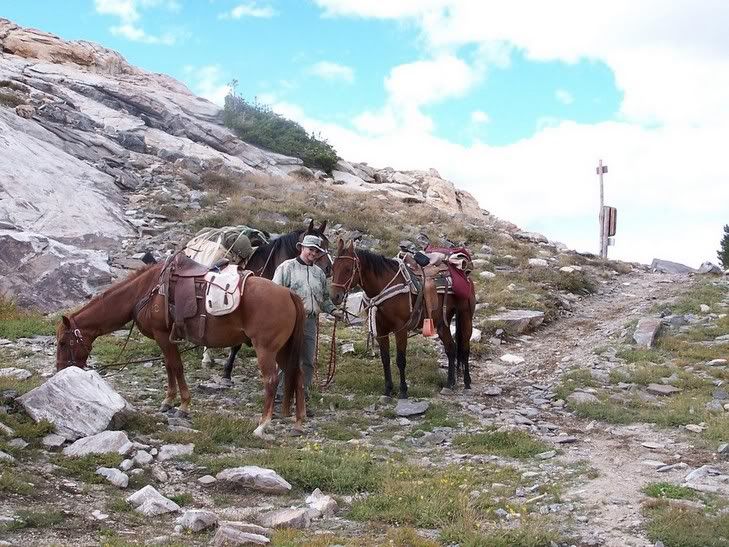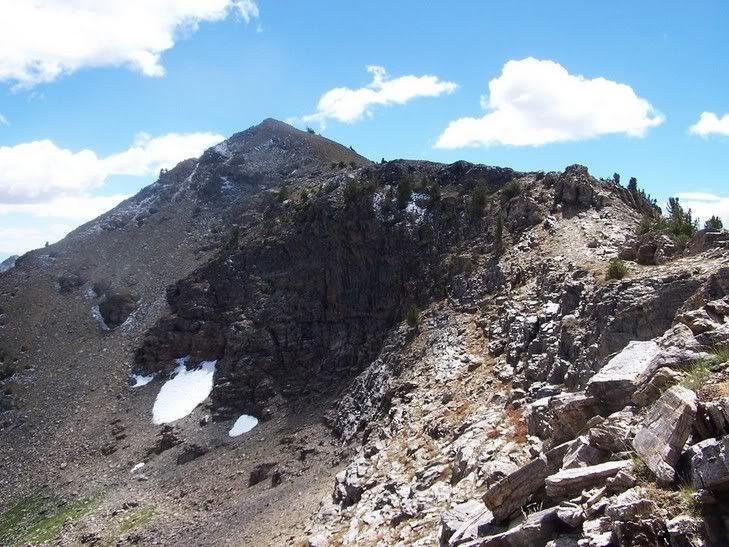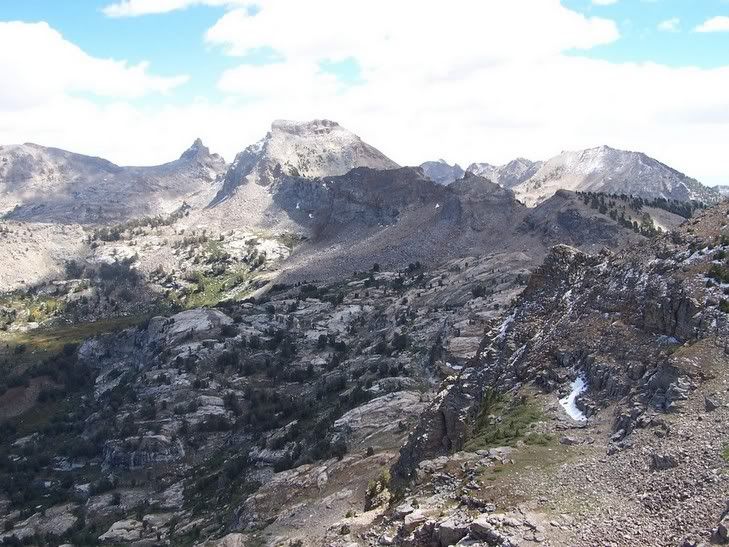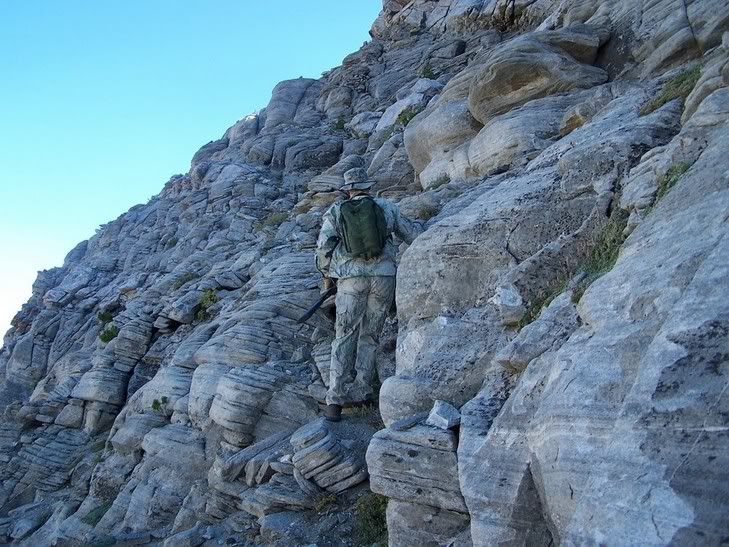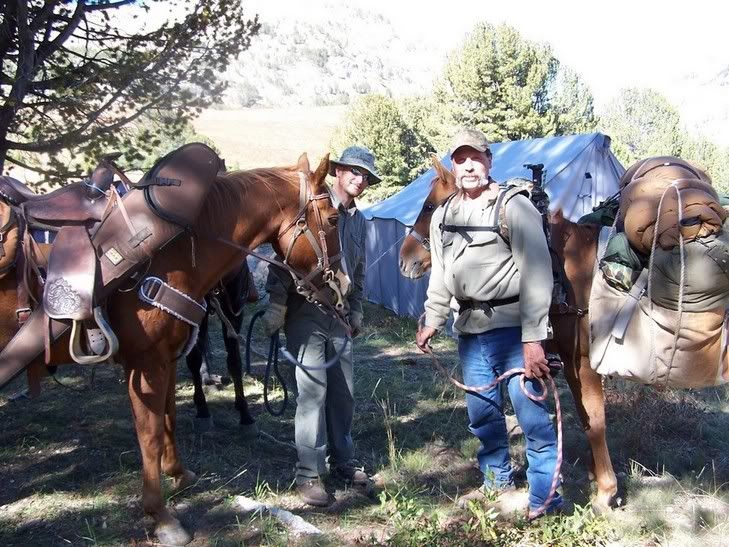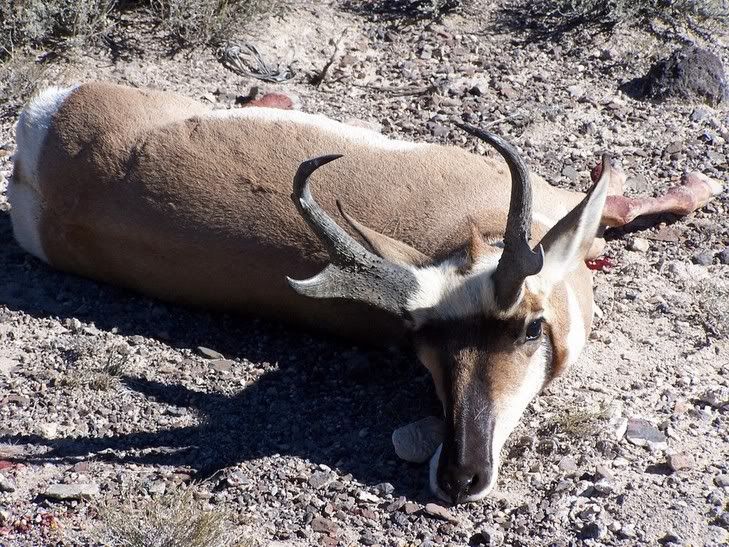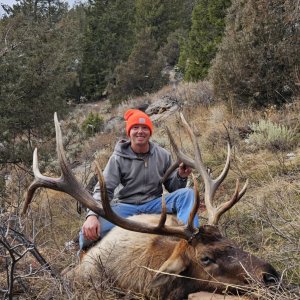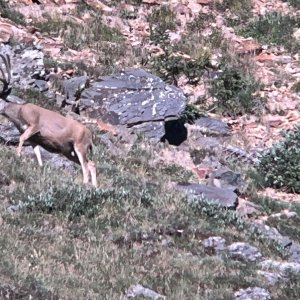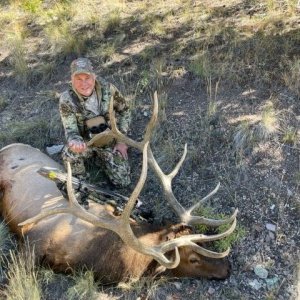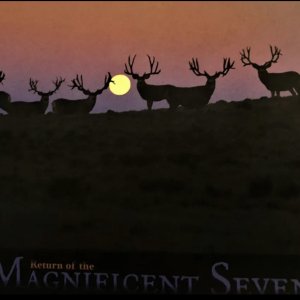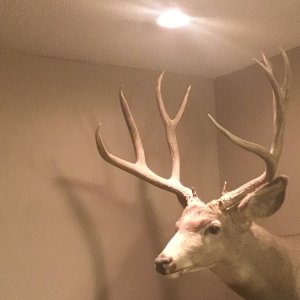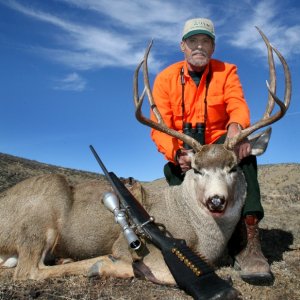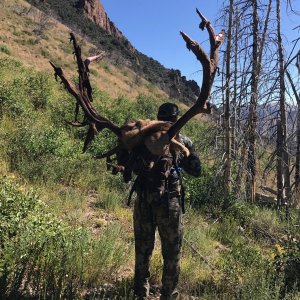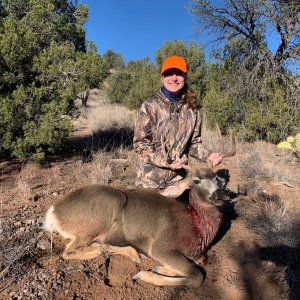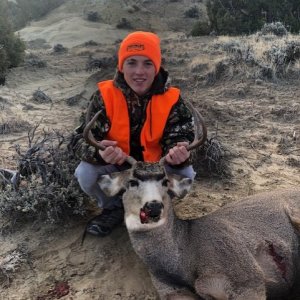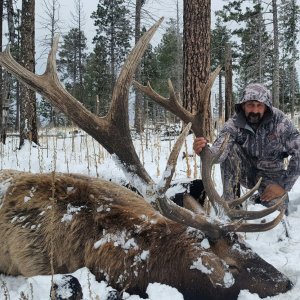Here's a little history about Nevada's snowcocks.
In this paper I review the history of snowcock introductions, discuss some of the costs and benefits of the introduction program, and describe the present distribution and status of snowcocks in Nevada.
History of snowcocks in America
The world?s five species of snowcocks were once found only in Central Asian mountain ranges including the Altais, Caspians, Caucasus, Pamirs, Karakoram, and Himalayas. In 1948 the United States Fish and Wildlife Service began a new program, Foreign Game Investigations, whose stated objective was to seek out "new adaptable species possessing a high hunting resistance?.so that ?habitats thoroughly changed by man?or never fully occupied by native game?[could be stocked, and thus] provide greater hunting opportunities." Between 1960 and 1970 the program was responsible for the release of at least 19 species of pheasants, partridges, quail, tinamou, and sandgrouse. Snowcock introductions were attempted in five mountain ranges in Nevada and on Mauna Kea on the Island of Hawaii. Ironically, snowcocks fell short of meeting the Federal Government's criteria of being adaptable, possessing high hunting resistance, and providing superior hunting opportunities. But, the Foreign Game Investigations Program became enamored with this "giant cousin" of the popular Chukar Partridge (Alecotris greca). In 1961, 6 Himalayan Snowcocks (Tetraogallus himalayensis) were trapped in Pakistan. Only a single bird survived the trip. 35 more were requested, of which 19 survived. These were released into the Ruby Mountains in April 1963, but disappeared soon thereafter. Nevada Department of Wildlife (NDW) then decided to establish a captive flock at their game in Nevada, from which offspring would be released over successive years. A total 107 wild snowcock were imported from Pakistan. Between 1963 and 1979, and 2,025 of their progeny were released in Nevada, 1,717 in the Ruby Mountains alone. Locally, these birds became as snow partridges, a name usually used for another Himalayan galliform, Lerwa lerwa.
During the 1970?s policy shifts brought an end to the introduction of full species of exotic game birds in the US, although subspecies continue to be introduced even today. In 1970, the Foreign Game Introduction Program was terminated. In 1977, restrictions were placed on use of Federal funds, personnel, or lands for introductions of exotics. In 1979, NDW discontinued the propagation and release of snowcocks.
Status and distribution of snowcocks
The present status and distribution of Nevada?s snowcocks are not known in any great detail. The first substantiated observation of reproduction in the wild was reported in 1977. In the 70?s and recent times search for the species was conducted on foot, horseback and included incidental observation during other research. 1n 1980 a snowcock hunting season was opened. As of 1985, they wild snowcock population was estimated to number between 250 and 500 individuals (Stiver 1985).
The distribution of snowcocks in the Ruby-East Humbolt Range is generally limited to ridges that support extensive alpine habitat. Only about 2% of the area in the Ruby East Humbolt range meet this criterion. The scarcity of deep glacial cirques, especially those associated with moist meadows and sheer walls, further limits the potential number of snowcocks in the range. The core of the snowcock population appears to reside in the Thomas Peak ?Ruby Dome area of the Ruby Mountains, although coveys are occasionally reported further north and south. Because of their isolation on an "alpine island," the birds are unlikely to spread on their own beyond the Ruby- East Humbolt Range.
Costs and benefits
Since the snowcock introduction is, nonetheless, considered a success, an overall evaluation is warranted. The Introduction Program may have been informative with regard to snowcock biology, but the results of the program, in our opinion, hardly reaffirm any wisdom in the introduction of exotic animals.
On the positive side snowcocks provide unique and unusual variety and opportunities to hunters, and bird watchers in mountaineers. The presence of snowcocks in Nevada will also generate notoriety and revenue for the States, local economies dependent on tourism and the wildlife agencies.
On the negative side, there is an official bill of $750,000 for the project ( Stiver 1985), which would probably approach $1 million if private funds and funds not allocated directly to the project were to be included. This sum was spent in an era when two native game birds were in serious need of "restoration" in Nevada. Utilization of snowcocks by hunters has been limited, since they are difficult to bag and hard to get to in the rocky canyons. Another potentially negative aspect of the snowcock introduction is the unknown impact the birds might have on their new environment and the diverse community of herbivores already inhabiting it. The alpine communities on which these herbivores congregate are unique and have are rich with plant species. Unfortunately, we can only speculate on the ecological impacts of snowcocks. The introduction went virtually unmonitored, and with no prior assessment of the snowcocks? potential for harm. The condition of the enviroment before, during, and after the establishment of snowcocks is largely unkown.
Conclusions
This paper chronicles the recent history of Himnalayan Snowcocks in America. The introduction of this bird has been a qualified success, but a close look at the program raises some questions about the wisdom of exotic introduction in an age when many native gallinaceous birds in rapid decline.
